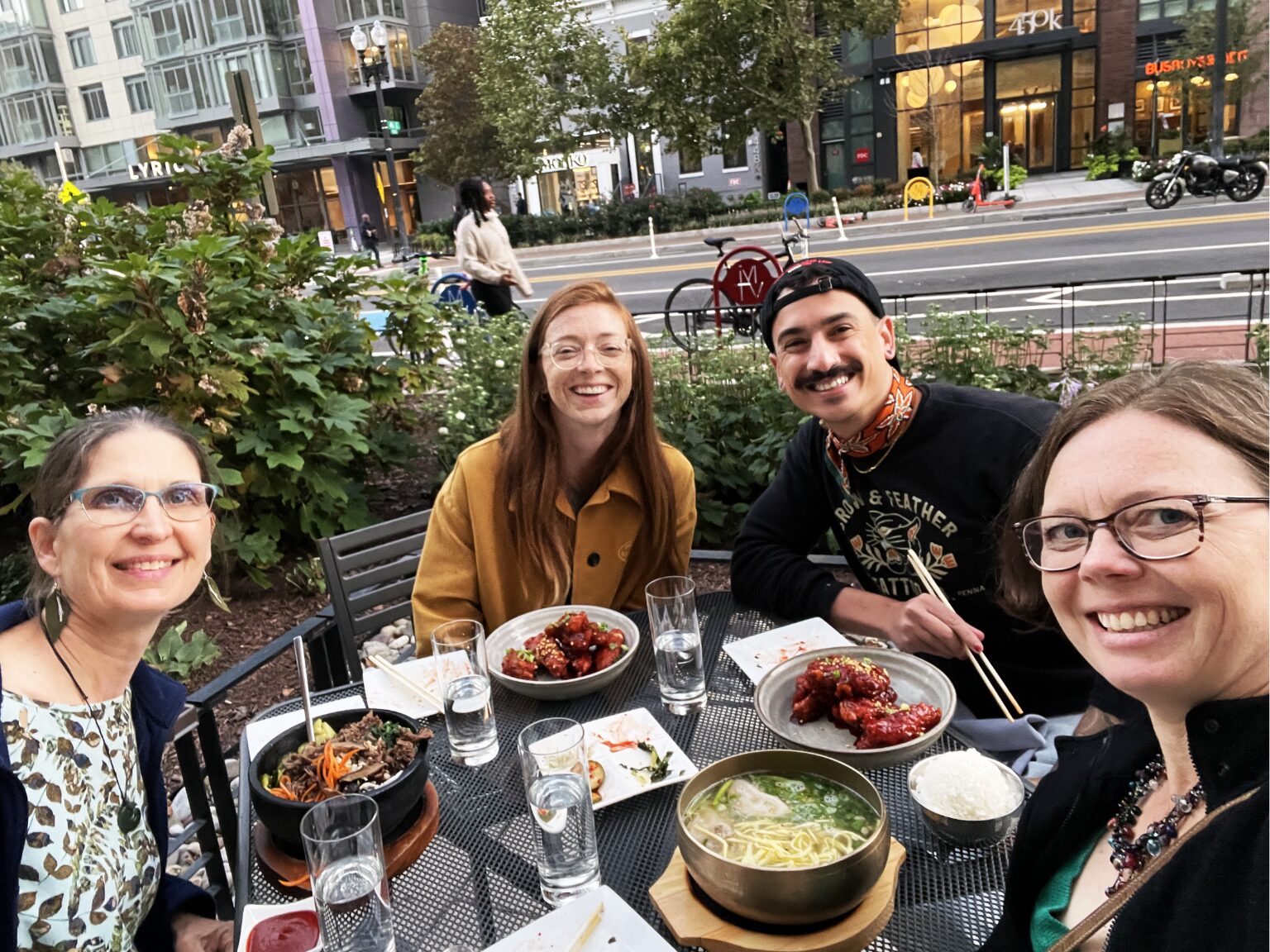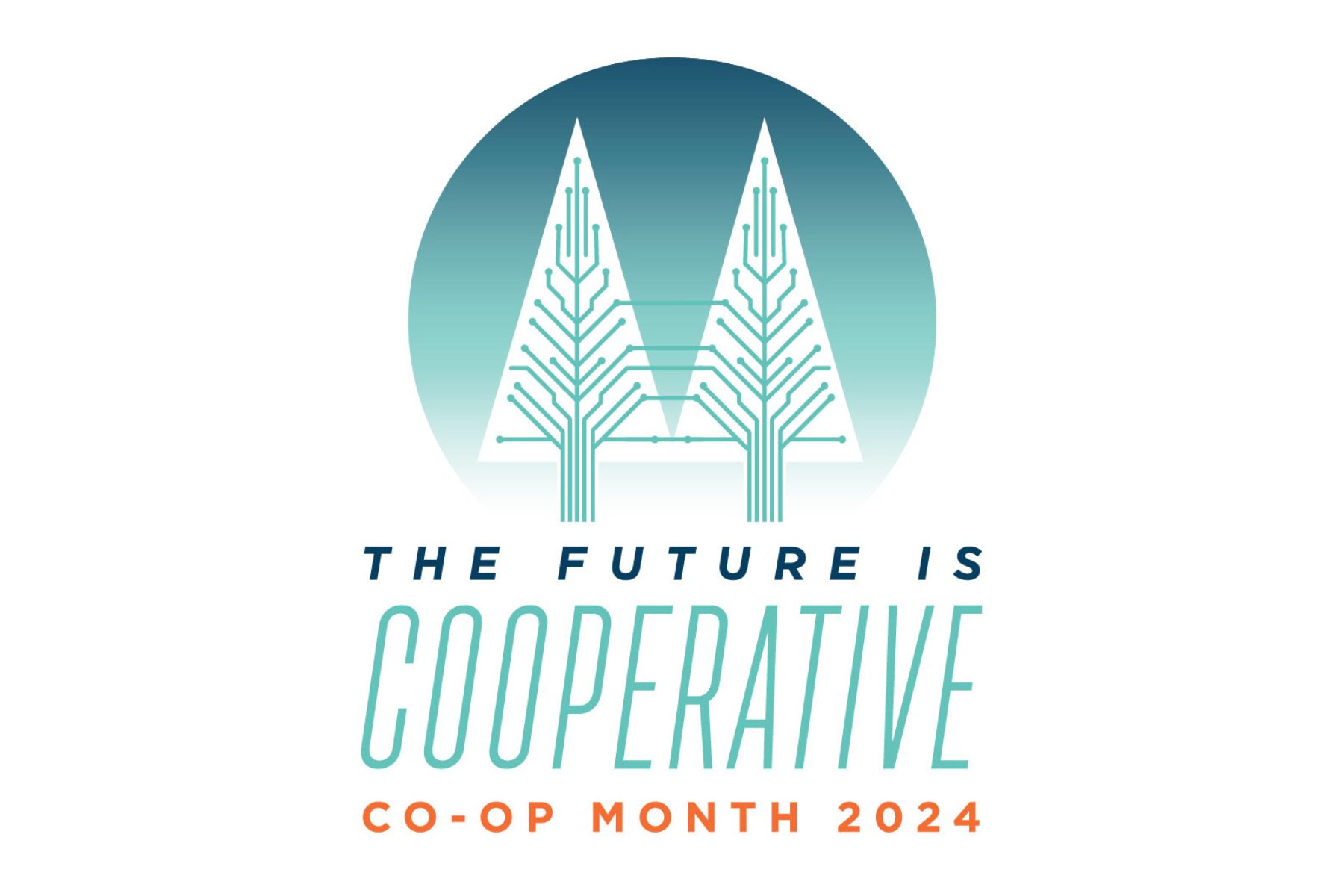
Digging In: More from ASLA 2024
This essay is adapted from a conversation between team members Taurean Gagnon and Von Harvey, about Taurean’s experience and takeaways from ASLA 2024.
Who Are You Designing For? Challenging Assumptions and Embracing Diverse Experiences
A central theme in many lectures was the importance of designing for cultural diversity and challenging traditional assumptions. One standout session, “Transcending Anglo/American Olmstedian Design to Create Culturally Responsive Spaces and Places,” posed thought-provoking questions: “What if all the music on Spotify and iTunes was based on English, French, and Italian compositions from before 1900? In some significant ways, this is our situation in American landscape architecture. Where are the R&B, ranchera, hip-hop, pansori, and Afrobeat landscapes?”
This session explored the cultural basis and biases of landscape design, offering concrete examples of how elements change when viewed through different cultural lenses. For Taurean, the session’s message was clear: “More traditional landscape architects regard Olmsted as the founding father of landscape architecture, and that’s still kind of our system, the structure. But we have evolved since then, and Olmstedean design is not the one true history. There are so many different histories of how other cultures use landscapes.”
The lecture showcased diverse approaches, including those used by Hispanic communities in the Southwest, which differ significantly from Indigenous communities, which take a different approach than African-American communities in the South. Taurean reflected, “As a queer mixed-race man myself, I found it meaningful to see these differences acknowledged. It’s hard to tease those details out and get people to understand them.”
One exercise from the session particularly resonated. “They asked, ‘How big is a picnic if you’re going out for a picnic?’” Taurean recalled. “The answers varied by culture. If you’re White, it might be three to five people. If you’re Black, it could be 20 or more. And if you’re Latino or Hispanic, it might be even bigger.” For Taurean, this exercise highlighted how assumptions can differ dramatically from lived experience. “It brought to the forefront that you have to take so many things into consideration when you’re designing. I felt seen but also humbled to be reminded that you always have to check your assumptions.”
Another takeaway was that designers are not the sole solution providers but should strive to be facilitators. “If there’s one thing that sometimes bothers me in our profession, it’s the attitude of, ‘We’re the designers; we have the answers.’ No, we’re a resource and have the tools to put together answers from various sources of information. It’s a community, a collective that you have to push for, instead of coming from the ego,” Taurean explained.
“Cross-Pollination”: Learning Across Fields and Experiences
While the conference’s lectures and workshops emphasized collaboration and learning across disciplines and experiences, the networking and social events reinforced the value of showing up authentically as people and professionals.
One of the most moving experiences for Taurean was attending “Reflection of the Gay Rights Movement in the Memorial Landscape,” which was concurrent with the “Pride x ASLA LGBTQ+ History and Design Walk.” The session invited participants to explore public spaces tied to LGBTQ+ history in Washington, D.C., and reflect on identity and design. “It felt like one big Pride event,” Taurean shared. “We acknowledged history, shared space, and looked toward the future. It bridged the socialization aspects and the work.”
These conversations extended beyond the session. “When I went to various networking events or ran into people in the hallway or at lunch, those conversations were still happening. I got people’s cards, and we said, ‘Let’s talk about this more when we have time and energy.’”
Behind every project are people—both designers and the communities they serve. Taurean noted, “I was pleasantly surprised by seeing individuals as they are outside of the office. It’s important to get out of our own heads—thinking, ‘I’m the designer; I’m the professional, and I have to maintain this stoicism.’ We’re also creative people, and we have to make sure that we’re responding as people, or else we’re just machines.”
When designers show up authentically, Taurean believes, true connections are made. “It’s not just about exchanging business cards; it’s about building real connections. I got to meet someone I’d never met before who lives in a different part of the country, and now there’s this neat little catalyst to keep going or build momentum.”
Lessons for the Future—Integrating Insights into Practice
The ASLA Conference offered a wealth of ideas and connections. By bringing together diverse perspectives and encouraging meaningful exchanges, experiences like this deepen our collective knowledge and expand our capacity to create significant change. We remain committed to applying these lessons to our projects and partnerships as we move forward.
At RDG, we strive to prioritize ongoing education, diverse perspectives, and the integration of community voices in our projects. Taurean’s reflections from the conference affirm our commitment to designing community-driven, inclusive, and regenerative landscapes. These experiences inspire us to continue to expand our understanding and inclusion of the whole spectrum of identities and cultural knowledge, shaping a resilient future for everyone.
Additional Resources
From “Transcending Anglo/American Olmstedian Design to Create Culturally Responsive Spaces and Places”
- Pulling Together: A Guide for Indigenization of Post-Secondary Education (pdf)
- Landscapes of Belonging: Grounding Black Memory, Sowing Black Futures (YouTube)



Comments (0)